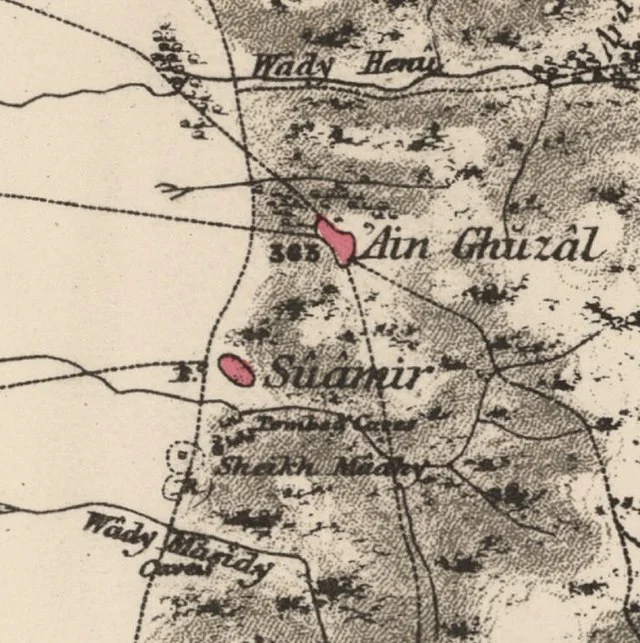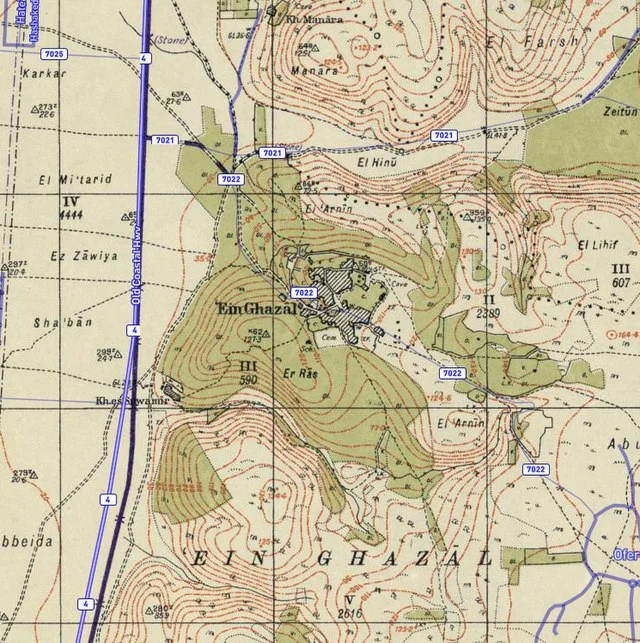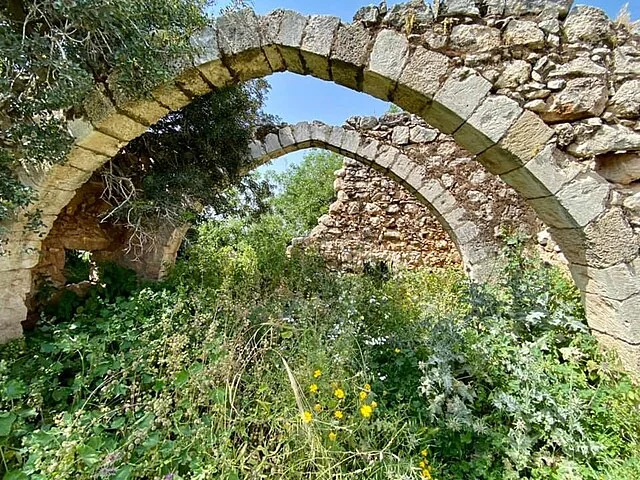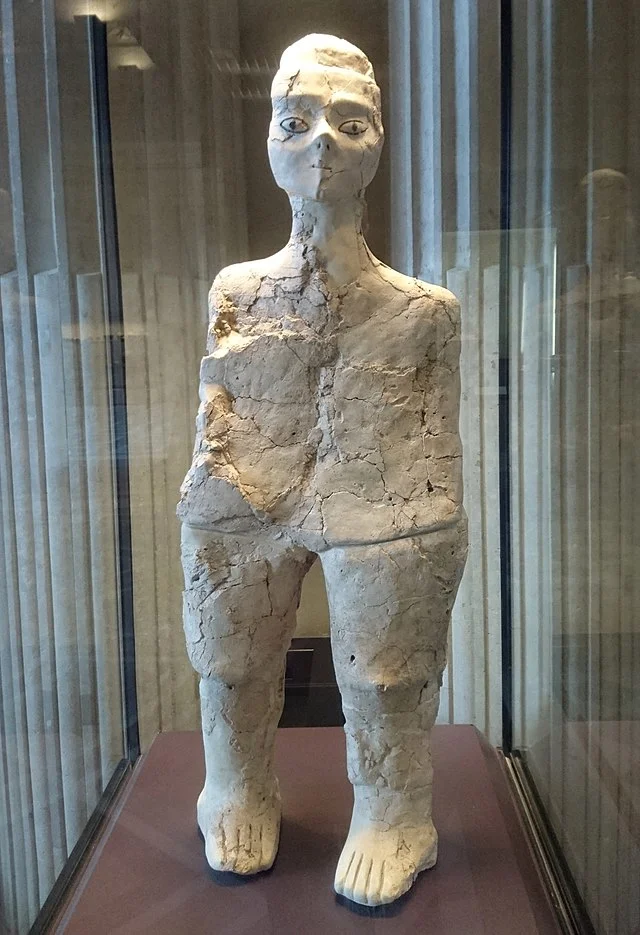Ayn Ghazal, an archaeological site in present-day Amman, Jordan, holds significant importance in the study of early human societies. This site, dating back to the Pre-Pottery Neolithic period, provides crucial insights into the development of agriculture, social structures, and religious practices in ancient times.
Get your dose of History via Email
Discovery and Excavation

Ayn Ghazal was first discovered in 1974 during construction work on the Amman-Zarqa highway. Subsequent excavations, beginning in the early 1980s, revealed a wealth of artifacts and structural remains. These findings have greatly contributed to our understanding of the Neolithic era in the Levant.
Chronology
The site dates from approximately 7250 BC to 5000 BC. Archaeologists have identified two primary phases of occupation: the Pre-Pottery Neolithic B (PPNB) and the Pottery Neolithic (PN). The PPNB phase, around 7250 BC to 6000 BC, marks the initial settlement and development of the community. The later PN phase, from 6000 BC to 5000 BC, shows significant cultural and technological advancements.
Architecture and Urban Planning

Ayn Ghazal is notable for its sophisticated urban planning and architecture. The site covers an area of roughly 15 hectares, making it one of the largest Neolithic settlements known. The inhabitants built rectangular, multi-roomed houses with lime-plastered floors. These structures demonstrate a high level of architectural planning and community organization.
Subsistence and Economy
The people of Ayn Ghazal practiced mixed farming, cultivating cereals like wheat and barley, and domesticating animals such as goats. This agricultural base supported a growing population and allowed for the development of specialized crafts. Evidence of pottery, flint tools, and plastered skulls suggests a complex economy and trade networks.
Religious and Ritual Practices
Ayn Ghazal provides significant evidence of early religious and ritual practices. Archaeologists uncovered several figurines and statues, some nearly life-sized, made from plaster. These artifacts, dating back to around 6500 BC, are among the earliest known representations of the human form in the Near East. Additionally, the discovery of plastered human skulls indicates ancestor veneration or other ritualistic practices.
Social Structure and Organization
The size and complexity of Ayn Ghazal suggest a well-organized society with a hierarchical structure. The presence of large communal buildings indicates a degree of social organization and shared responsibilities. The burial practices and the production of elaborate figurines also hint at a stratified society with emerging social classes.
Decline and Abandonment

By 5000 BC, Ayn Ghazal showed signs of decline, eventually leading to its abandonment. Several factors likely contributed to this, including environmental changes, resource depletion, and possible social upheaval. The exact reasons remain a subject of ongoing research.
Conclusion
Ayn Ghazal is a key site for understanding the Neolithic period in the Levant. Its well-preserved remains offer invaluable insights into early human settlement, agriculture, religious practices, and social organization. Continued research at Ayn Ghazal will undoubtedly contribute to our knowledge of ancient human societies and their development.
Source:

